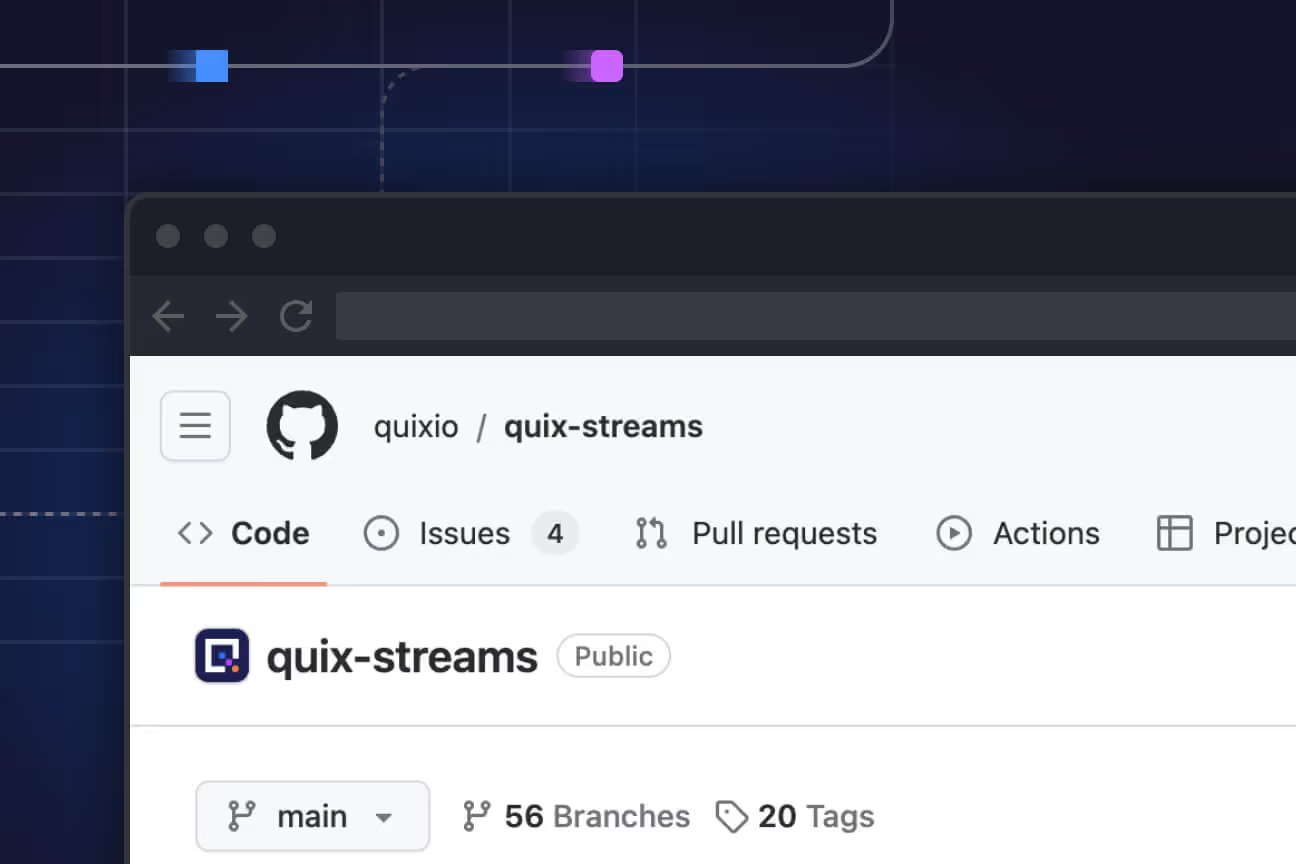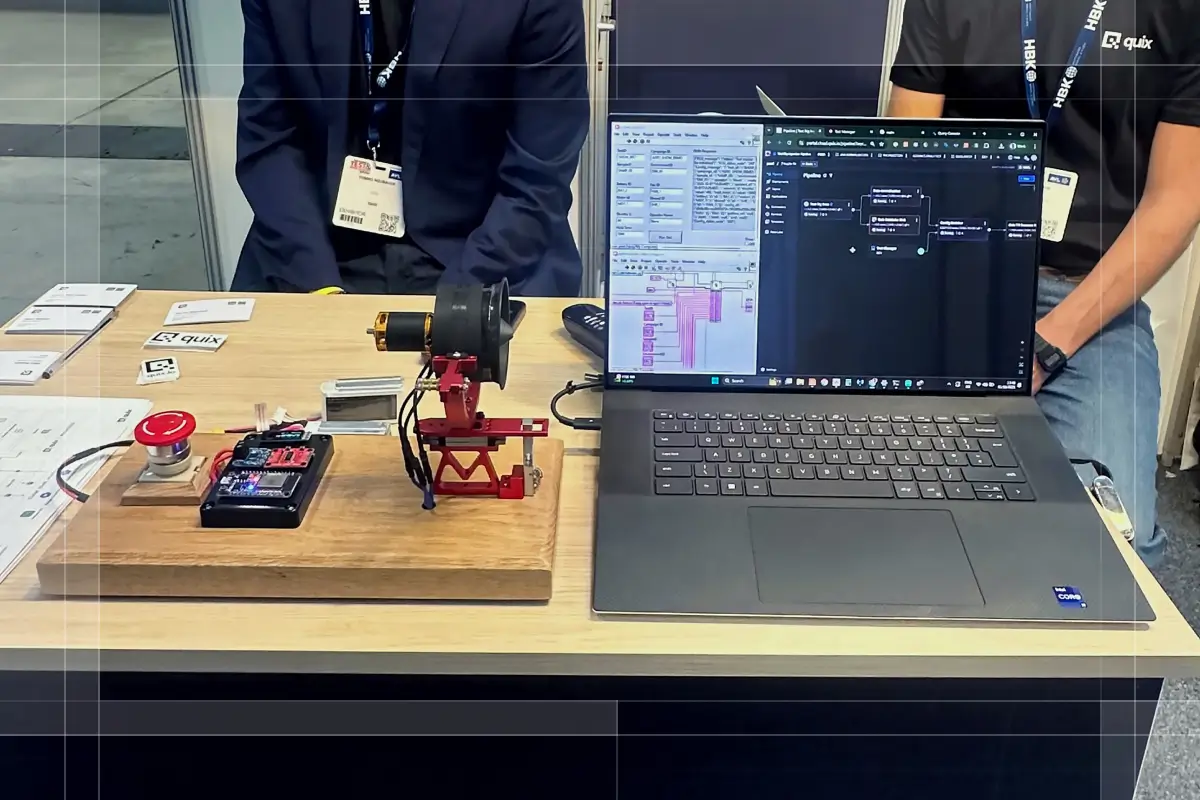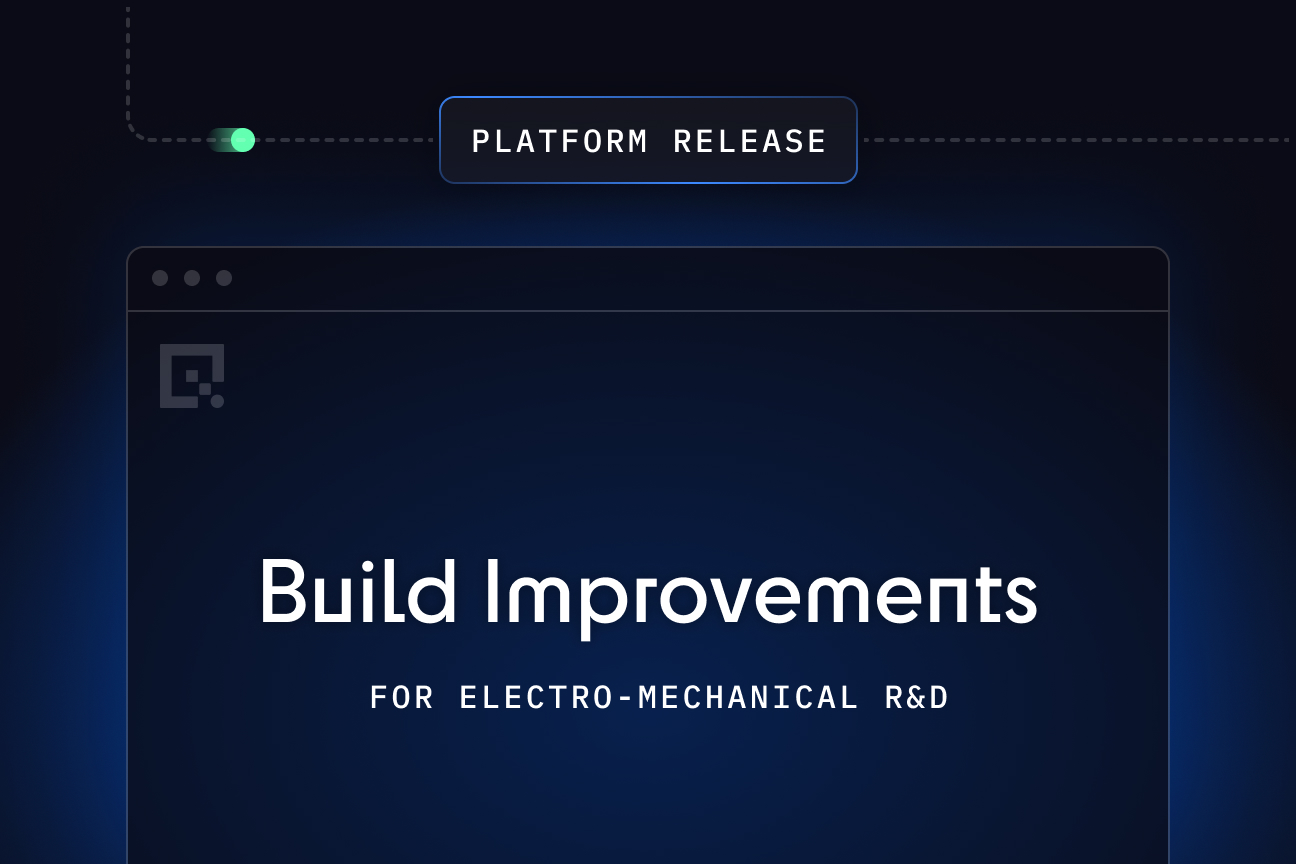Quix Streams Release 3.17.0
Quix Streams 3.17.0 introduces interval joins for temporal event correlation, enhanced debugging with intuitive output collection, and a new InfluxDB 1.x sink.

Quix Streams 3.17.0: Interval Joins and Enhanced Debugging
New Feature: Interval Joins
Quix Streams 3.17.0 introduces `StreamingDataFrame.join_interval()`, enabling you to join records from two topics within a specified time window. This powerful feature is particularly useful for correlating events that occur within a defined temporal relationship.
from datetime import timedelta
from quixstreams import Application
app = Application(...)
sdf_measurements = app.dataframe(app.topic("measurements"))
sdf_events = app.dataframe(app.topic("events"))
# Join measurements with events occurring within ±5 minutes
sdf_joined = sdf_measurements.join_interval(
right=sdf_events,
how="inner",
on_merge="keep-left",
grace_ms=timedelta(days=7),
backward_ms=timedelta(minutes=5),
forward_ms=timedelta(minutes=5)
)Key Benefits:
- Temporal Correlation: Match records based on time proximity rather than just key-based joins
- Flexible Windows: Define asymmetric time windows before and after each event
- Efficient Processing: Built-in state management with configurable grace periods
Enhanced Application Debugging
1. Improved `Application.run()` Behavior
The `count` parameter in `Application.run()` now refers to the number of output messages rather than input messages, making it more intuitive for testing and debugging:
# Process exactly one output message
result = app.run(count=1, collect=True)
# Process messages for up to 10 seconds
result = app.run(timeout=10, collect=True)2. Output Collection
Easily capture and inspect processing results during development:
# Collect values only
values = app.run(count=5, collect=True)
# Collect values with metadata (offsets, timestamps, etc.)
messages = app.run(count=5, collect=True, metadata=True)New Connector: InfluxDB 1.x Sink
Version 3.17.0 adds support for InfluxDB 1.x as a sink destination, expanding the range of time-series databases you can integrate with Quix Streams.
Other Improvements
- Better Recovery Logging: Progress updates during state store recovery
- PostgreSQL Sink: Fixed JSONB value handling
- BigQuery Sink: Added user agent identification for better request tracking
Upgrading
Update to the latest version using pip:
pip install --upgrade quixstreamsFor detailed migration guidance, refer to the Quix Streams documentation and the full release notes.
Next Steps
- Explore the Interval Join documentation
- Check out the debugging guide for tips on testing your streaming applications
- Join our community Slack to discuss your use cases with other Quix users

Check out the repo
Our Python client library is open source, and brings DataFrames and the Python ecosystem to stream processing.

Interested in Quix Cloud?
Take a look around and explore the features of our platform.

Interested in Quix Cloud?
Take a look around and explore the features of our platform.

.svg)





